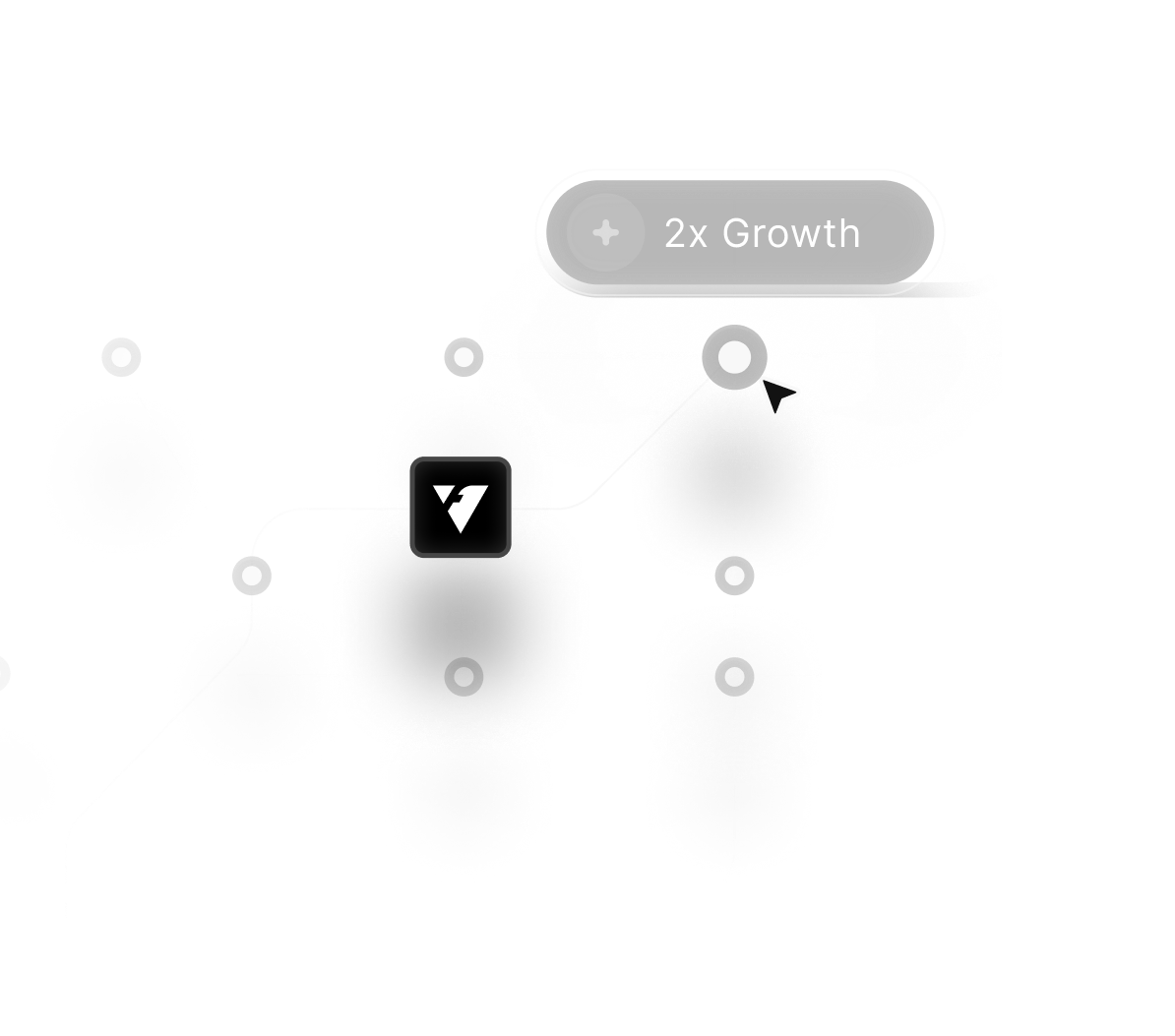November 19, 2025
WordPress vs Framer | Why I Recommend Framer For Simpler, Faster Websites

Comparing WordPress and Framer often highlights how dramatically the website-building landscape has evolved. Modern creators value speed and simplicity, two areas where Framer clearly outperforms traditional setups.
WordPress depends heavily on plugins, themes, and backend management, often creating slowdowns and maintenance challenges. Framer solves those issues through a visual interface that eliminates friction and allows instant design adjustments.
Performance becomes far easier to optimize because Framer outputs cleaner code without relying on multiple third-party tools. Design consistency strengthens as teams work visually instead of maintaining templates or custom PHP structures.
Content changes become immediate, removing delays caused by updates, broken plugins, or complicated dashboard settings. Security risks shrink significantly since no external plugins or older WordPress scripts are required for basic features.
Workflows accelerate because creators can test animations, layouts, and interactions instantly before publishing. Comparing speed, stability, and creative freedom side by side makes platform selection far more straightforward.
"Start designing visually today.
Book your consultation to plan a smooth transition."
Table of Contents
- Why This Comparison Matters?
- Custom Content Editing
- Contact Forms
- SEO Settings
- Custom Code Embeds
- Image Optimization
- Responsive Design
- Backups and Restore Points
- Security and Hosting
- Bonus: More Features with No Plugins
- When to Choose Framer Over WordPress?
1. Why This Comparison Matters?

WordPress powers over 40% of the web, and for good reason. It’s been the industry standard for years.
But it’s showing its age. It wasn’t built for a modern, no-code-first world where users expect instant results, seamless design, and clean user interfaces.
Framer, on the other hand, is a newer player built with modern design-first workflows in mind.
It caters to users who want both design freedom and functionality without dealing with backend maintenance or bloated plugin stacks.
Let’s look at where the two platforms really diverge.
2. Custom Content Editing

WordPress: To create custom fields like job listings, team bios, or testimonials, you need a plugin like Advanced Custom Fields (ACF).
It works well but involves multiple steps, installing the plugin, configuring field groups, tweaking templates, and often writing custom PHP code.

Framer: Custom content is built directly into the CMS. You can define your collections, set field types (text, image, link, toggle), and start publishing right away.
The visual interface is intuitive, and there's no backend setup required. What used to take an hour now takes minutes.
3. Contact Forms

WordPress: Creating even a basic form requires a plugin like Contact Form 7 or WPForms. Then you need to set up shortcodes, manage spam protection, and test email configurations.

Framer: Framer’s form builder is native. Drag in a form block, customize fields, set submission targets, and you’re done. There’s no third-party dependency or styling issues. It just works.
4. SEO Settings

WordPress: To manage meta titles, descriptions, canonical URLs, and Open Graph tags, you’ll typically use a plugin like Yoast SEO or Rank Math. These plugins are powerful—but also complex and require frequent updates.

Framer: All essential SEO fields are built directly into page settings. You can set static or dynamic SEO metadata and preview how your content will appear on social platforms. It’s clean, fast, and doesn’t depend on any external tools.
5. Custom Code Embeds

WordPress: Want to insert Google Analytics, a Facebook Pixel, or Hotjar? You’ll likely need the Insert Headers and Footers plugin or dive into theme files manually.

Framer: Paste your tracking code into the site settings or the page head. Done. No plugins, no messing with PHP files.
6. Image Optimization

WordPress: Image optimization is handled with plugins like Smush or ShortPixel. You configure compression levels, lazy loading, and responsive formats. It works, but it’s one more layer to manage.

Framer: Framer auto-optimizes images for performance and responsiveness. Lazy loading is native. You don’t need to worry about file size or format conversions.
7. Responsive Design

WordPress: Themes and page builders like Elementor offer responsive settings, but layouts can still break between devices. You often need custom CSS tweaks.

Framer: Framer is designed with responsiveness in mind. You can switch between breakpoints (desktop, tablet, mobile) and edit layouts visually for each device. It’s true design flexibility without hassle.
8. Backups and Restore Points

WordPress: Backup plugins like UpdraftPlus or BackupBuddy are commonly used. You have to schedule, store, and restore backups manually. And if something breaks? Good luck figuring out which version to roll back to.

Framer: Framer automatically creates version history each time you publish. You can roll back with a single click. It’s seamless and always accessible.
9. Security and Hosting

WordPress: You’re responsible for everything SSL, malware scanning, spam protection, CDN setup, and choosing a host. Most security features come via plugins.

Framer: Security is baked into the platform. SSL is automatic, hosting is included, and performance is boosted with a built-in global CDN. No patching, no server headaches.
10. Bonus: More Features with No Plugins

Need redirects? Framer has them built in. Need to upload a favicon? Just upload it in settings. Need to verify with Google? Drop your verification code in the provided field.
Need a staging site? Framer gives you one by default. Need multi-language support? Native and growing.
WordPress needs a plugin for each of these. Framer just includes them out of the box.
11. When to Choose Framer Over WordPress?
Framer isn’t for everyone. If you're building a content-heavy blog, eCommerce platform, or deeply customized web app, WordPress (with custom development) might still be better suited.
But if you’re building
- A landing page
- A SaaS marketing site
- A startup or agency website
- A portfolio
- A services or consulting site
…Framer wins hands down. You get to publish faster, manage less, and still achieve a highly professional result.
Conclusion
Framer delivers a refreshing alternative for users tired of managing updates, plugins, and slower WordPress systems. Speed improvements become instantly noticeable because Framer ships optimized output designed for modern browsing.
Maintenance drops dramatically since designers no longer worry about plugin conflicts or vulnerability patches. Creative flexibility expands through visual tools that allow real-time interaction testing without manual coding.
Teams gain consistency by building reusable components instead of juggling multiple WordPress themes. Project timelines shorten because Framer removes backend delays and provides instant publishing capabilities.
User experience improves when pages load faster and animations feel smoother across all screen sizes. Framer ultimately becomes the recommended choice for brands needing simplicity, stability, and modern design performance.

FAQ
1. Is Framer good for SEO?
Yes. You can manage all essential SEO settings natively, including meta titles, descriptions, Open Graph images, and canonical URLs.
2. Can I migrate from WordPress to Framer?
While there’s no one-click migration, you can manually move content and re-create layouts using Framer’s visual tools.
3. Can I add a blog in Framer?
Yes. Framer supports CMS collections that make blogging possible with dynamic templates and content.
4. Does Framer support eCommerce?
Framer doesn’t currently support native eCommerce, but it integrates with tools like Shopify or Snipcart.
5. Is Framer beginner-friendly?
Absolutely. Framer was built for designers and marketers, with intuitive visual workflows and zero-code functionality.
6. Can I export my Framer site?
Not at the moment. Framer is a hosted platform, so you don’t get access to raw HTML/CSS for exporting.
Table of Contents
Choose Our Service, Grow Fast!
Follow Us
Related Posts

Create a high-impact restaurant website using templates featuring strong visuals, smooth performance, and conversion-focused design tailored for modern culinary brands.
Create a high-impact restaurant website using templates featuring strong visuals, smooth performance, and conversion-focused design tailored for modern culinary brands.


Avoid costly SaaS errors with our guide to common mistakes and proven tips to boost product adoption, increase revenue, and enhance overall customer success.
Avoid costly SaaS errors with our guide to common mistakes and proven tips to boost product adoption, increase revenue, and enhance overall customer success.


Unlock the best Webflow web design & development tactics tailored for US startups. Boost conversions, enhance UX, and scale faster with proven 2025 strategies.
Unlock the best Webflow web design & development tactics tailored for US startups. Boost conversions, enhance UX, and scale faster with proven 2025 strategies.

Ready to Scale Your Project to the Next Level?
Let's take your project to new heights, reach out and see how we can help you.




















